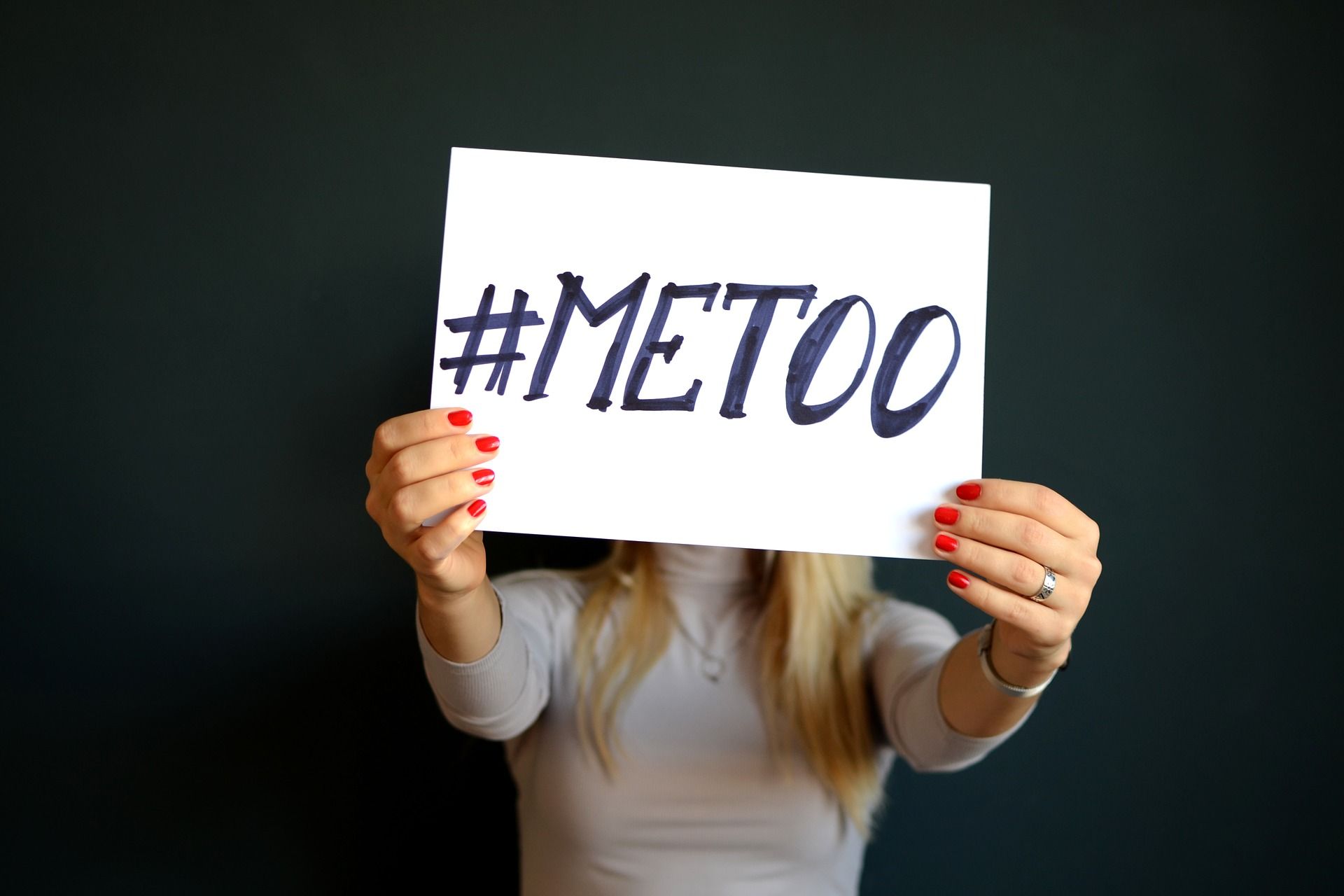In today’s multicultural world, diversity is often welcomed and even celebrated. Employers are realizing that bringing together people from different backgrounds has sustainable, positive effects. Cultures work differently, so every workplace that successfully embraces that knowledge is on its way towards being successful.
And yet, even in 2021, when even multinational conglomerates are flying the banners of diversity and inclusion, employment discrimination is still a significant factor in many people’s lives. Even though federal agencies support diversity in American workplaces, very little progress towards a truly inclusive working environment has been made.
In this article, we want to present you with eight employment discrimination statistics that will hopefully have a positive effect on how you, personally, end up approaching these demographics in your professional life. Hopefully, they will give you an idea of what to look out for at your workplace!
1. 50% of women employed in STEM settings have been discriminated against at work because of their gender.
This number peaks with 78% among women in science, engineering, technology, and math jobs. Even though women, especially younger ones, have more qualifications than their male counterparts on average, they are still heavily discriminated against in these male-dominated fields.
2. In the 2010s, pregnant women filed over 50,000 discrimination in the workplace cases.
Especially in the US, pregnant women suffer from workplace discrimination at an alarming rate. Respondents said they spent long hours at work during pregnancy and only got a short rest period after giving birth.
Much of this comes from the perceived guilt new mothers feel when employers fail to create a comfortable and safe working environment. Peer pressure like that can be an unfortunate side effect of toxic work culture.
Why a mother shouldn’t be stressed during pregnancy is a matter of common sense. What is more, studies have shown that exposing pregnant women to too much stress in the workplace can lead to an increased risk of premature birth, heightened levels of postpartum depression, lower birth weights, and more frequent doctor visits throughout the entire process.
3. In 2016, less than 20% of disabled Americans were employed.
Disabled people are one of the most discriminated against groups in modern America. They often don’t receive the same insurance benefits, work opportunities, or even rights as abled people. There is actually an 80-year-old statute in US law that explicitly allows employers to pay disabled workers less than minimum wage, ugly remains of an often-forgotten part of American history, the eugenics movement.
This struggle especially extends to individuals with an intellectual disability. Even if they manage to secure a job, they are often segregated from their non-disabled peers and only sparsely work in the public view.
4. 83% of Muslim workplace discrimination and other civil rights cases since 9/11 didn’t make it past pre-trial.
Ever since 9/11, Islamophobia has been on the rise. This shows how deeply the discrimination people of color face every day truly runs when it’s the judges themselves that hinder Muslim-Americans from finding the justice they deserve.
This is not just a case of workplace discrimination, but one of systemic discrimination. However, employers do have the power to prevent this.
5. In 2019, 1,868 LGBT-related sex discrimination charges were filed with the EEOC.
Since the “Equal Employment Opportunity Commission” started tracking these numbers in 2013, they have never been higher. This suggests rampant discrimination against the LGBTQ+ community, considering that only a fraction of the actual workplace offenses makes it to a filing with the EEOC.
6. Nearly two-thirds of African-Americans believe they work for a company where racism prevails.
Racism is regrettably still one of the most significant issues in the US. Studies show that a substantial majority of African-Americans believe that racism prevails at their place of work. And 42% of all Americans claim to have been a victim or witness of racism at work, corroborating that claim. Combatting that is as much a question of embracing diversity training and corporate identity guidelines as it is of fostering simply human interaction and cultural exchange.
7. 33% of Native Americans have experienced inequities in wages and promotions.
Besides the unequal pay and promotions, 31% of Native Americans face severe challenges even finding a job. And once they do, 65% of them are paid less than white employees for equal work.
8. White candidates have a 24% higher chance of getting an interview than Latino job applicants.
Despite being an integral part of American society, Latinos are still heavily discriminated against by employers. Since the tracking of statistics began in 1989, the decrease in recruitment bias against Latin workers has only reduced negligibly.
Where Do We Stand?
Discrimination is a big issue in most facets of life. But in very few of them can we, personally, have such a drastic impact as workplace discrimination. We are an integral part of our workplace. The decisions we make and the systems we implement should strive not to discriminate against anyone, regardless of their sex, gender, skin color, hairstyle, or facial features.
Biases are a part of human nature. It is when we approach them and other people with an open mind that we overcome them. When we foster a diverse working environment where people of all kinds work together in cooperation, we can start combatting this deep-running systemic oppression many people of color face in today’s world.













